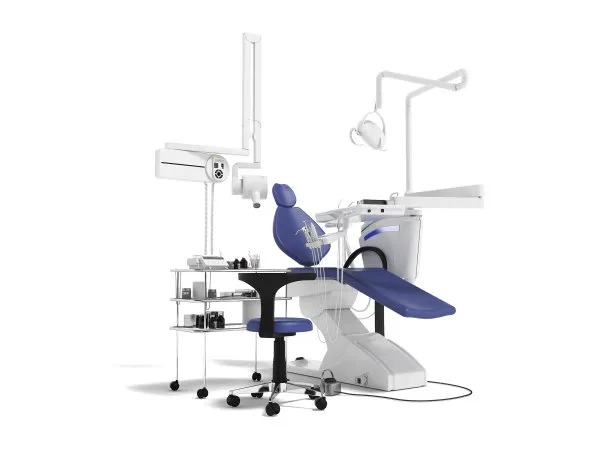Essential Guidelines and Precautions You Should Follow Before Undergoing a Dental Filling Procedure for Optimal Oral Health
Summary: Undergoing a dental filling procedure is a crucial aspect of maintaining optimal oral health. This article outlines essential guidelines and precautions that patients should follow before the procedure. These include securing accurate information, understanding the materials used, being aware of possible side effects, and preparing for aftercare. By adhering to these guidelines, individuals can ensure a smoother surgical experience and better outcomes, leading to enhanced dental health.
1. Importance of Accurate Information

Before undergoing a dental filling, it is vital to have comprehensive knowledge about the procedure. Patients should consult their dentist to understand the reasons for requiring a filling and the specific techniques that may be employed. This information can assuage fears and clarify expectations.
It is also essential to inquire about the type of filling material that will be used. Options generally include amalgam, composite resin, glass ionomer, and more. Each has its pros and cons, impacting durability, aesthetic appeal, and cost. Understanding these specifics aids in making the right choice.
Furthermore, do not hesitate to ask your dentist about their experience with different filling materials and techniques. Knowledge of their background may add an additional layer of confidence to the procedure. Being informed empowers patients to actively participate in their dental care journey.
2. Understanding the Materials Used
The choice of filling material plays a significant role in the success of the procedure and long-term oral health. Different materials are suited for various types of dental cavities, so understanding them is key. For instance, composite resins are ideal for visible areas due to their natural appearance, while amalgam fillings are known for their durability in rear teeth.
Make sure to discuss any allergies or sensitivities to materials with your dentist during the consultation. This precaution is particularly important if a restorative material is used that could trigger an allergic reaction, as it may lead to complications post-procedure.
Moreover, knowing the longevity and care requirements for each type of filling can influence the decision-making process. Understanding how different materials react to chewing forces and temperature changes can help in choosing the most appropriate filling for your unique dental situation.
3. Awareness of Possible Side Effects
Every dental procedure carries some degree of risk, and dental fillings are no exception. Patients must be informed about potential side effects such as discomfort, sensitivity, or even numbness in the surrounding areas. Discussing these possibilities ahead of time enables patients to prepare psychologically and physically, lessening anxiety levels.
Additionally, knowing the difference between normal post-procedure experiences and concerning symptoms can help in deciding when to seek further assistance. For instance, heightened sensitivity that persists beyond a reasonable time frame may warrant a follow-up appointment.
Patients should also be made aware of the risks associated with certain filling materials, particularly those containing mercury or BPA. Understanding these risks allows for informed consent and proposals for alternative materials if needed.
4. Preparing for Aftercare and Recovery
Post-procedure care is crucial for ensuring the well-being of your dental health. One essential guideline is to follow your dentist’s aftercare instructions meticulously. This may include avoiding specific foods, maintaining proper oral hygiene practices, and scheduling follow-up check-ups.
Implementing a soft diet for a few days post-filling can help in preventing discomfort and allow the filling to settle properly. Enforcing a good oral hygiene regime post-procedure is also critical to ensuring the longevity of the filling and preventing additional cavities.
Moreover, being cautious during activities like chewing hard foods, or using teeth as tools, can help in prolonging the life of the dental filling. Regular dental checkups can also help catch potential issues early, ensuring your fillings last as long as possible.
Summary:
In conclusion, preparing for a dental filling procedure involves being well-informed and aware of various factors that contribute to optimal oral health. Patients should actively engage in discussions with their dentists to ensure they make educated choices regarding their dental care. Taking precautions and following guidelines before, during, and after the procedure can significantly enhance the outcomes.
This article is compiled by Vickong Dental and the content is for reference only.



